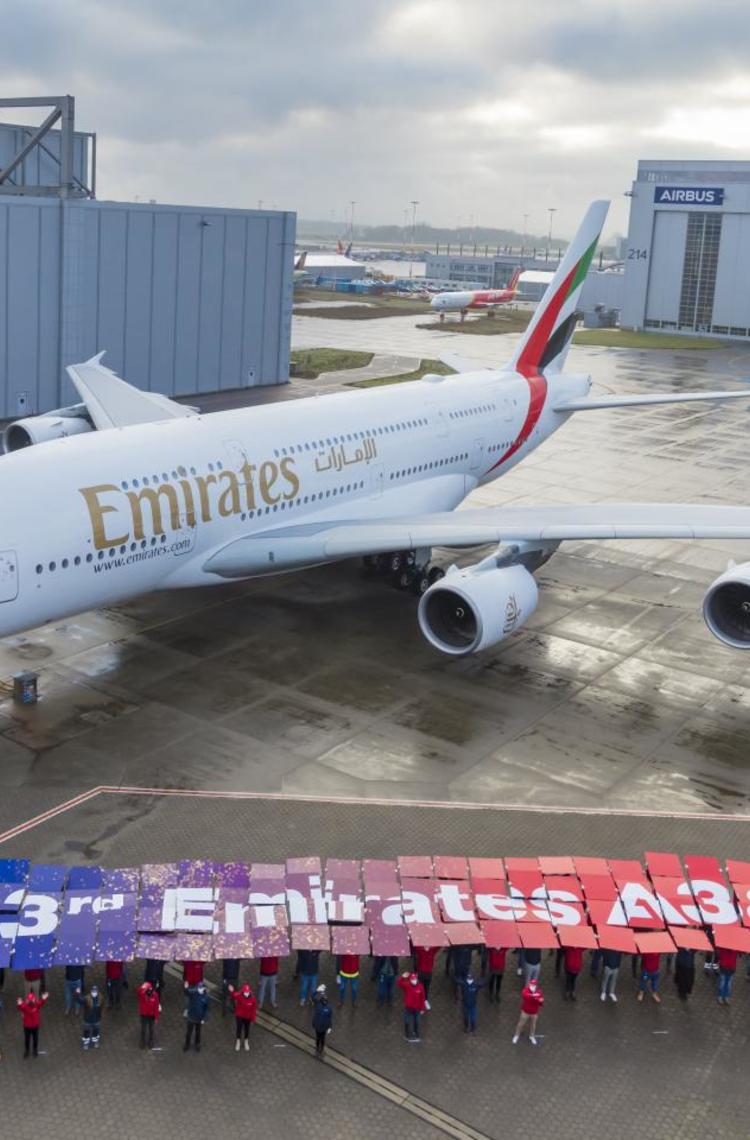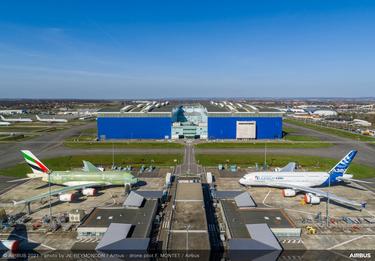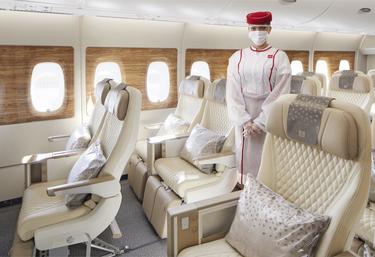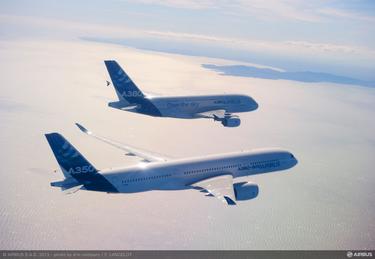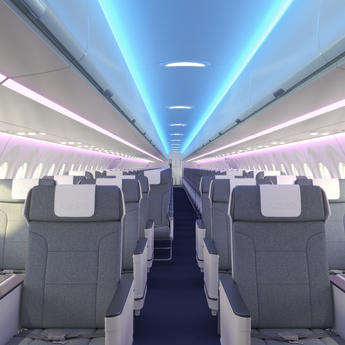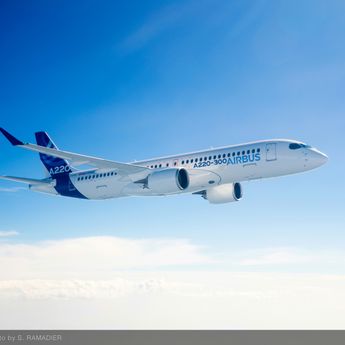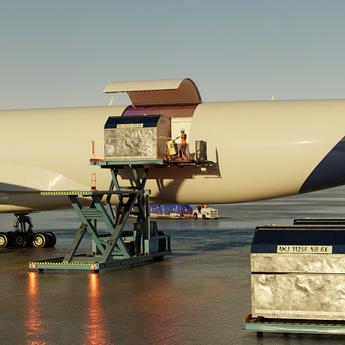Emirates received its 123rd A380 in Hamburg on December 16, 2021. The close collaboration with Airbus has shaped the identity of the A380 over the years and continues to transform the passenger experience today. It is the 251st A380 produced by Airbus.
A shared ambition
The story of the A380 is closely linked to Emirates. In the early 2000s, Airbus launched the A380 in response to airport congestion by creating an aircraft capable of serving global hubs. An ambition shared by Emirates, whose unique geographical position allows them to connect Dubai to all the world's airports such as Johannesburg, London, Los Angeles, São Paulo, Singapore or Sydney, creating the possibility to fly more than 500 passengers around the world on one aircraft. Emirates' appetite for the A380 is insatiable: with 123 A380s delivered, 50 destinations and 12 maintenance centres, the airline is unquestionably a major A380 customer.
"Emirates has built its growth and success with the A380. Each new A380 is an opportunity for Emirates to offer passengers a new experience in terms of cabin comfort and choice of destination, taking full advantage of the business model offered by the A380" said Bertrand George, Head of A380 programme.
The airline’s strategy has enabled Airbus teams to improve the aircraft's operational performance by up to 99.3%, a level never seen before on a four-engine aircraft - and to develop new innovations on an ongoing basis. The attention to detail given to the cabin illustrates the duo's win-win approach.
Cabin innovation
"Emirates has always pushed boundaries on design and cabin innovation, a key investment in its strategy," explains Michael Lau, A380 Industrial Designer in Hamburg. "Many of the innovations developed on the Emirates cabin were a first for Airbus, such as the first class showers, lighting scenarios and the recent premium economy cabin. Emirates has challenged us and given us confidence in our cabin expertise. We are extremely proud of what we have achieved together on this aircraft."
The premium economy cabin - positioned as middle-ground between economy and business class for comfort and amenities is available on Emirates' six newest A380s, and 52 of its 123 A380 will be retrofitted in the coming months to accommodate this new-generation premium class. This is another example of Airbus' ability to meet the most demanding cabin designs and Emirates' desire to offer passengers the most exclusive travel experience with the latest cabin standards.
A new passenger experience
"While Emirates takes passenger comfort to the next level on the A380, the aircraft itself offers features that have transformed the passenger's idea of air travel. "The double deck fuselage, the cabin area and its technologies are unique. The A380 is particularly quiet, giving the feeling of calm to passengers onboard. This experience is shared by everyone, from passengers to pilots and crew. This has helped transform the attention that Airbus and the airlines now pay to passengers" explains Michael Lau.
From the A380 to the A350, a transfer of innovation
The A380 is a pioneer in many respects. "The A380 has enabled the four Airbus countries to work together and adopt common development and industrialisation methods. Overcoming our historical national heritage has been a huge challenge that made Airbus the integrated company we currently know" says Bertrand George.
The experience gained on the A380 has been used by the entire Airbus family, and especially on the A350 programme. For the first time, Airbus teams used a Digital Mock-Up (DMU) as a 3D representation of an aircraft. Moreover, the A380 enabled the introduction of new advanced materials such as carbon fibre reinforced plastics and Glare (glass fibres and aluminum), offering better properties against corrosion and fatigue, as well as weight reduction. New technologies were also implemented such as the zero-splice acoustic panel, which significantly reduces noise on the engine air inlets. The new hydraulic system (with a 5000 psi pressure and the 2H/2E systems architecture where the traditional three hydraulic circuits were replaced by two hydraulic and two electric systems), reduced weight, and improved system redundancy and reliability.
The A380 of tomorrow relies on sustainable aviation fuels (SAF)
The A380 MSN1 test campaign is on-going to improve in-flight systems and SAF capability of up to 100%. A much-awaited challenge for Emirates, which has already embarked on this path by operating the first A380 ferry flight from Germany to the United Arab Emirates fuelled with 10% of sustainable fuel.
Flying for decades to come
Beyond this new collaboration with Emirates, Airbus is continuing to fully support all A380 operators and their fleets on over 70 destinations around the world. Since its entry into service in 2007, the iconic A380 has flown over 800,000 flights carrying more than 300 million passengers.
